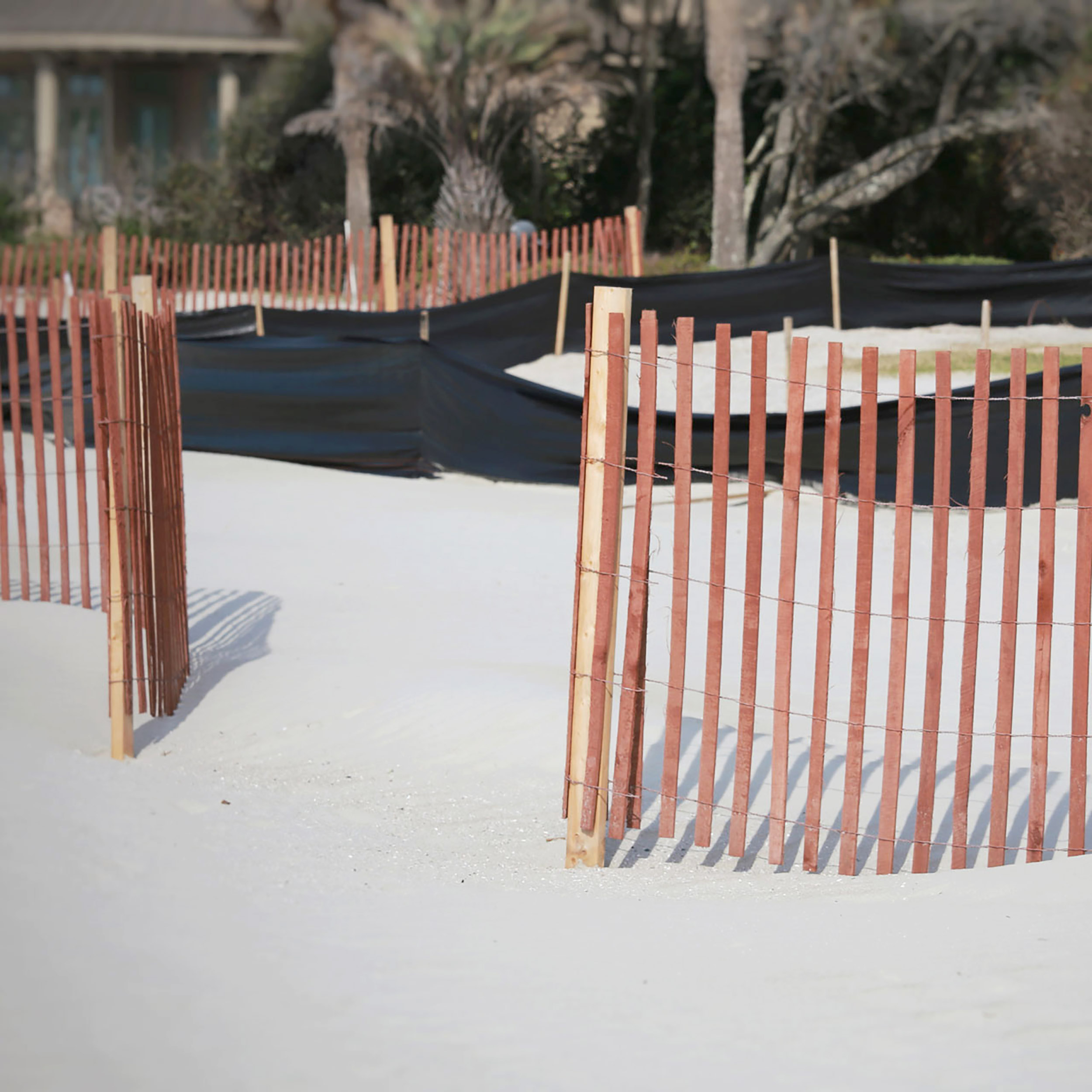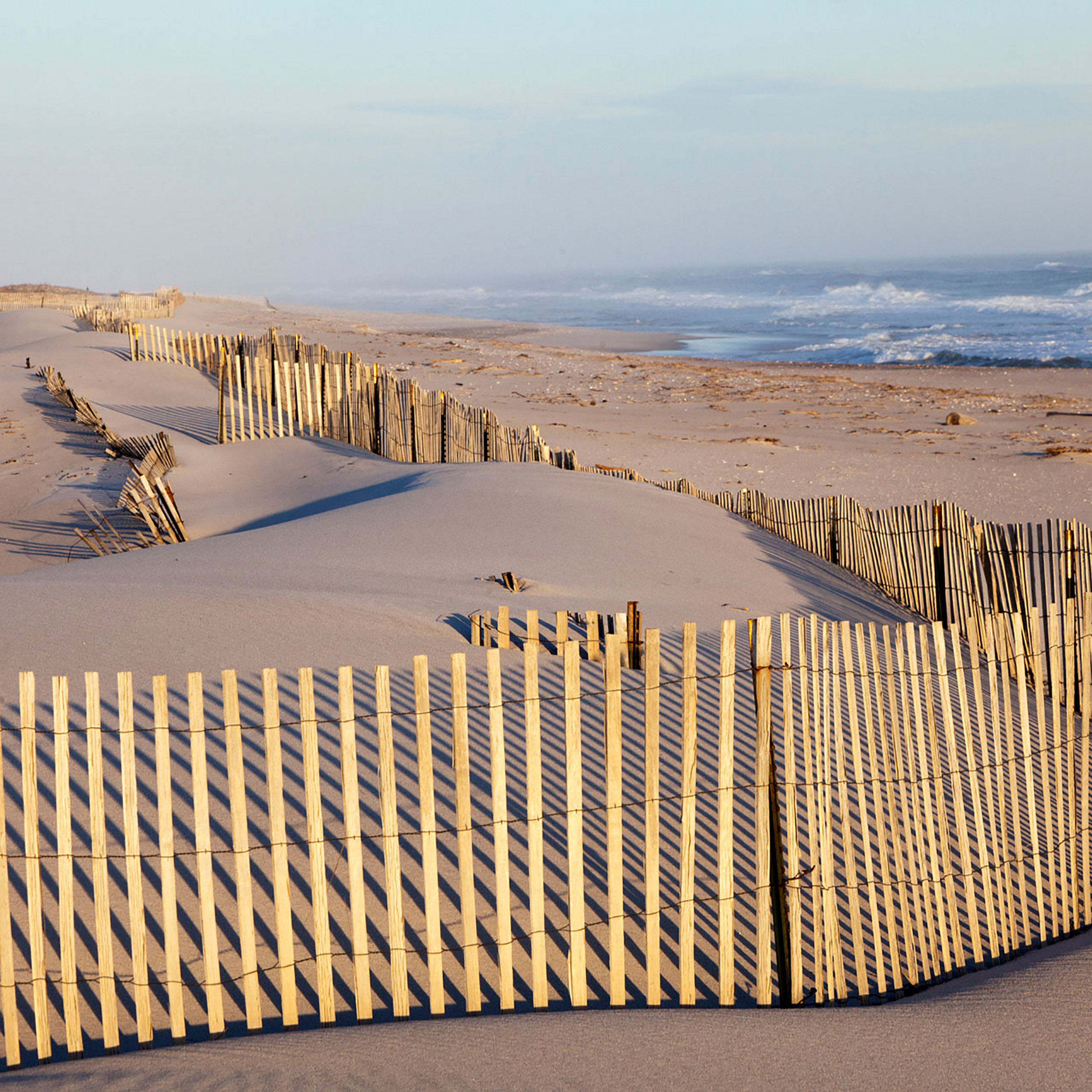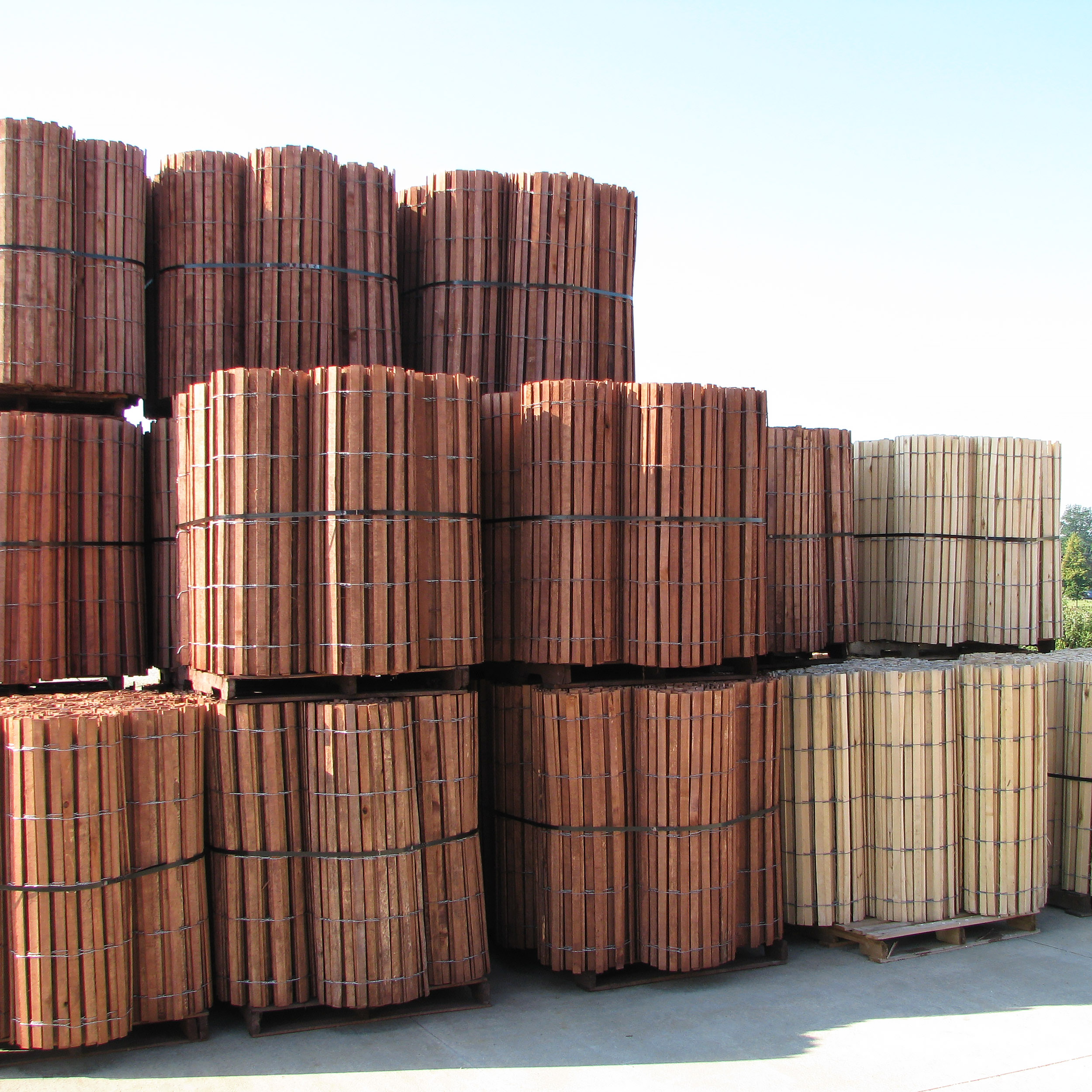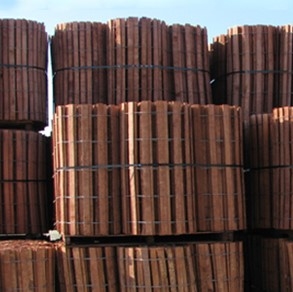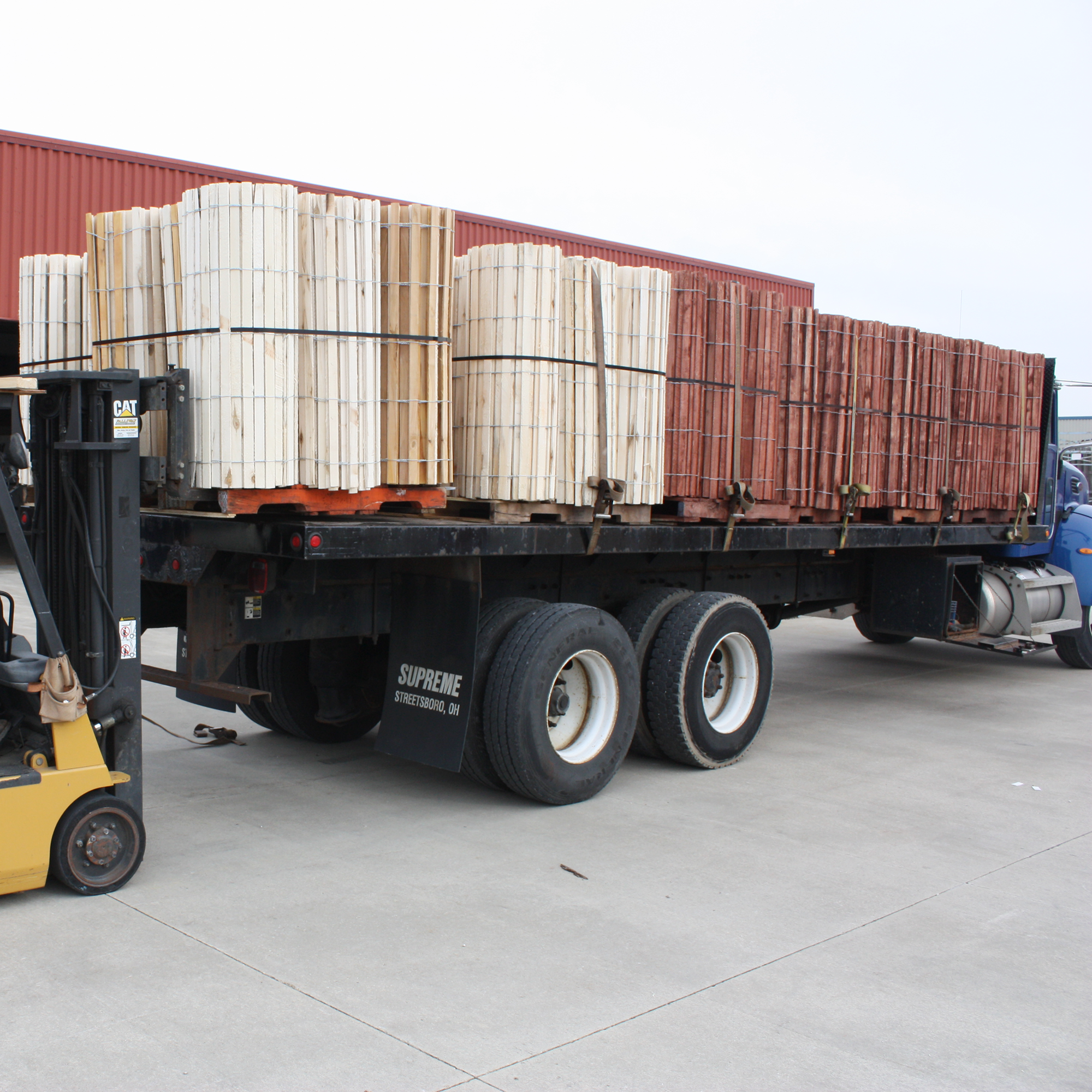How Dune Fences Can Protect the Shores
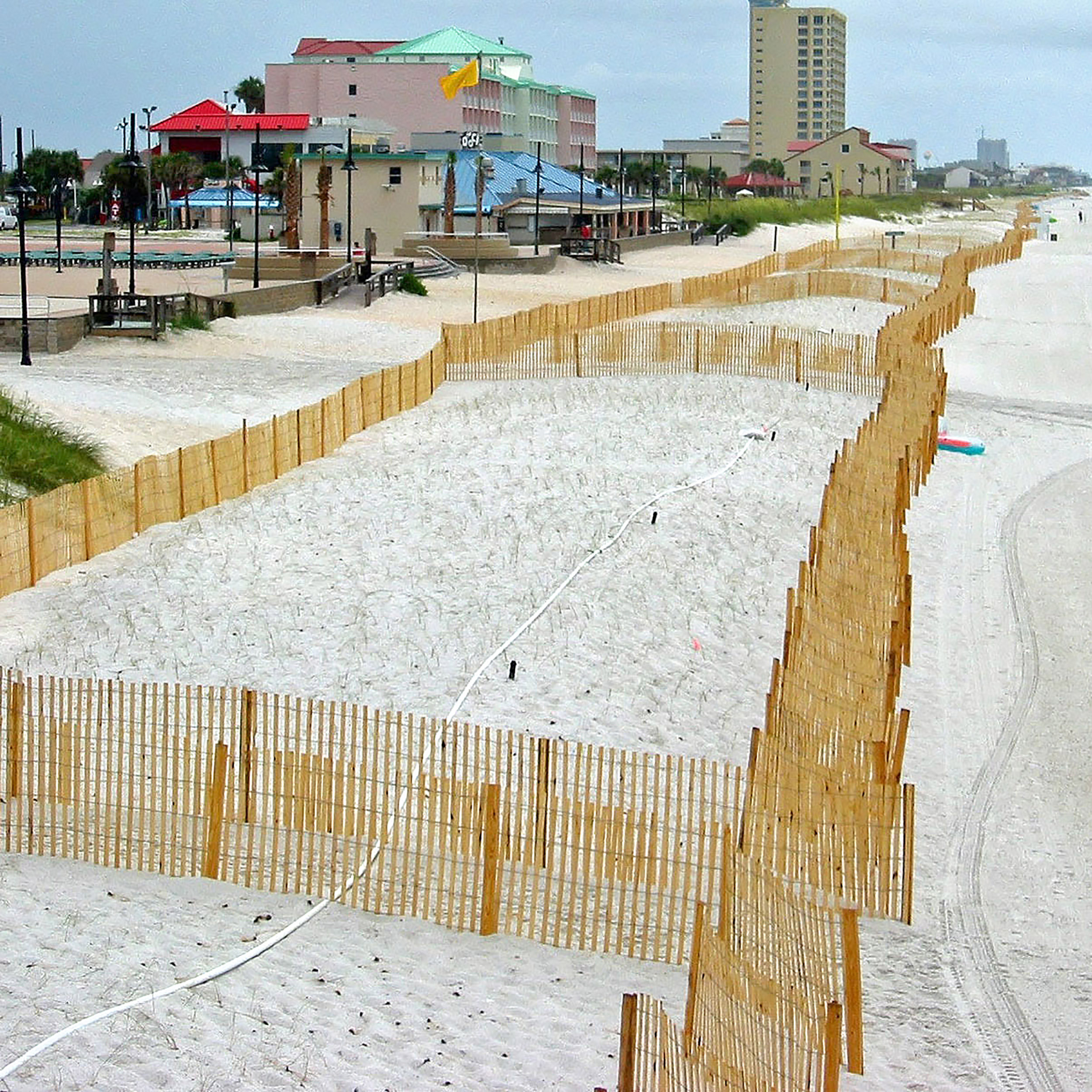
Coastal environments are some of the most fragile and important ecosystems in the world. With rising concerns about erosion, habitat loss, and the impact of storms, finding ways to protect shorelines has never been more crucial. One simple but highly effective tool used in coastal preservation is the sand fence, often referred to as a dune fence. These structures play a vital role in stabilizing the sand, forming dunes, and preserving the delicate balance of life found along the shores.
Capturing and Stabilizing Sand
Sand fences function by modifying the wind’s interaction with loose beach sediment. As wind moves across open coastal zones, it carries fine grains of sand inland. When it encounters a sand fence, the wind velocity decreases due to the porous structure of the barrier. This reduction in speed forces the sand to fall and accumulate at the base of the fence. Over weeks and months, the accumulating sand forms ridges and eventually grows into dune systems. These newly formed dunes serve as primary defense lines against coastal erosion, absorbing the energy of waves and tidal surges that might otherwise damage upland habitats and infrastructure. Sand fences not only shape these formations but guide their growth in a controlled, strategic manner, often restoring areas previously stripped of natural defenses due to storm damage or overuse.
Preserving Natural Vegetation
The success of dune systems is closely tied to the presence of native vegetation such as sea oats, panic grass, and bitter panicum. These plants are not just adapted to survive in salty, nutrient-poor sand; they are also instrumental in anchoring dunes. Their fibrous root networks grip the sediment, enhancing structural integrity and minimizing blowouts caused by wind or foot traffic. However, such vegetation cannot gain a foothold in constantly shifting sands. Sand fences create pockets of stability, encouraging the germination and expansion of native plant life. This vegetative cover further traps windblown sand, reinforcing the dune and promoting vertical growth. In areas with significant human disturbance, this process can restore ecological function that would take decades to regenerate naturally. The preservation of these plant communities is essential not only for dune health but for biodiversity across the entire beach ecosystem.
Supporting Coastal Habitats
Coastal dunes, supported by sand fencing, form vital ecological zones for a wide range of wildlife species. Nesting shorebirds such as least terns and black skimmers often rely on the protection offered by vegetated dunes, where they can raise their young above the high tide line and away from predators. Small mammals, ghost crabs, and numerous invertebrates burrow into the soft slopes, while insects and reptiles find shelter in the foliage. The microhabitats within a healthy dune system allow for greater species richness and ecological resilience. When natural dune formation is disrupted, these habitats vanish, leading to cascading effects across the food chain. By guiding dune development and enabling vegetation to flourish, sand fences contribute directly to the conservation of shoreline biodiversity. According to the National Park Service, these fences are especially effective when placed early in dune recovery, as outlined in their coastal resource guidance at nps.gov.
Protecting the Future
Shoreline protection is not just a matter of preserving scenic views or preventing property damage. It is an essential investment in ecological sustainability and resilience. Sand fences provide a passive yet powerful means of encouraging natural dune dynamics in a time when human and climate pressures increasingly alter coastal processes. With more frequent and intense storm events, rising seas, and continued development, restoring dunes through managed methods is a pragmatic approach to long-term conservation. These fences act as catalysts, triggering a chain reaction of sediment deposition, vegetative growth, and wildlife return. Each established dune becomes a buffer that not only safeguards human interests but also upholds the integrity of an entire coastal ecosystem. The strategic use of sand fencing reflects a growing understanding of how working with natural processes can yield stronger, more enduring outcomes for both people and the planet.
Frequently Asked Questions About Dune Fences
What Is The Purpose Of A Dune Fence?
A dune fence is designed to reduce wind speed and trap blowing sand, which encourages the formation and growth of sand dunes. These dunes act as natural buffers that protect inland areas from erosion and storm damage. By stabilizing the sand, dune fences help restore coastal landscapes that have been degraded. They also create favorable conditions for the growth of native vegetation and wildlife habitats.
How Do Dune Fences Help The Environment?
Dune fences promote the natural accumulation of sand and support the regeneration of dune ecosystems. They provide stable ground for coastal plants like sea oats and grasses to grow, which further anchors the sand. This vegetative growth supports local fauna, including nesting birds and burrowing species. Overall, dune fences encourage ecological balance and resilience along shorelines.
Can Dune Fences Prevent Erosion?
Yes, dune fences are one of the most effective tools for controlling wind-driven erosion in coastal areas. By capturing blowing sand and fostering dune growth, they help rebuild natural barriers against wave impact. These barriers absorb storm energy and reduce the force that reaches inland areas. Over time, this significantly lowers the rate of shoreline retreat and land loss.
Are Dune Fences Permanent Structures?
Dune fences are typically considered semi-temporary and are often made from materials intended to weather naturally over time. Their goal is to assist natural dune formation, not to act as a long-term solution by themselves. Once the dune becomes established with vegetation, the fence’s role diminishes. However, maintenance or repositioning may be necessary depending on site conditions and storm activity.
Where Should Dune Fences Be Placed?
Dune fences should be installed in areas where sand movement is active and where dune restoration or stabilization is needed. Placement is often coordinated with conservation goals to avoid disrupting sensitive habitats. Fences are generally aligned perpendicular to prevailing winds to maximize sand capture. Their effectiveness depends on local conditions, including beach width, wind patterns, and vegetation cover.
Do Dune Fences Affect Wildlife?
Dune fences can have a positive impact on wildlife by creating stable habitats for coastal species. As dunes form and native vegetation returns, birds, insects, and small mammals benefit from improved shelter and food availability. However, placement should consider nesting seasons and known habitats to avoid unintentional disturbance. When carefully positioned, dune fences contribute significantly to coastal biodiversity.
Contact Us
Dune fences are a powerful way to support natural sand movement, protect native vegetation, and preserve shoreline habitats. Whether you're looking to stabilize a vulnerable beach or assist with long-term ecosystem recovery, guided sand accumulation can make a lasting difference. Our team is available to help answer questions and provide guidance on using sand fencing to support coastal restoration goals. Always consult with local environmental agencies or land managers before starting a project, as conditions and regulations can vary by region. Reach out to us today to find the perfect sand fence for your coastal protection project!
Contact Us
